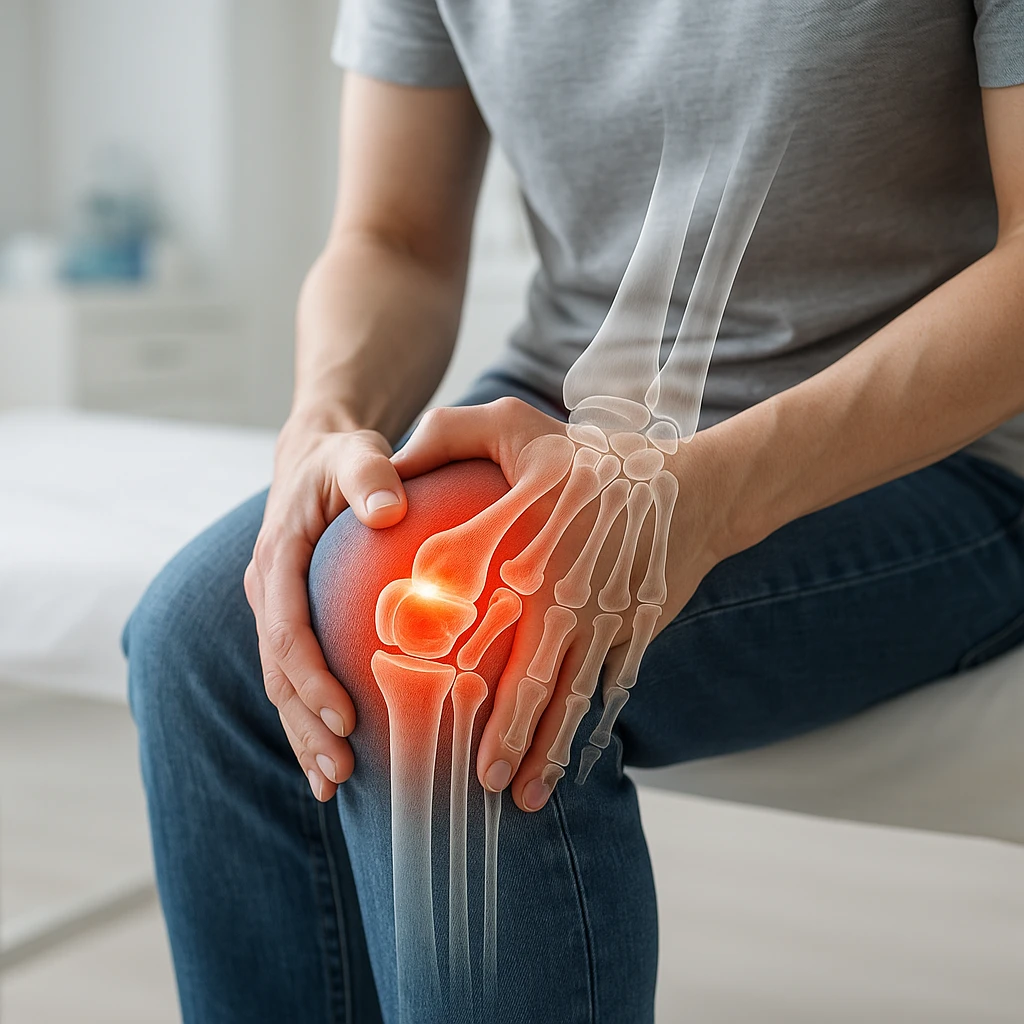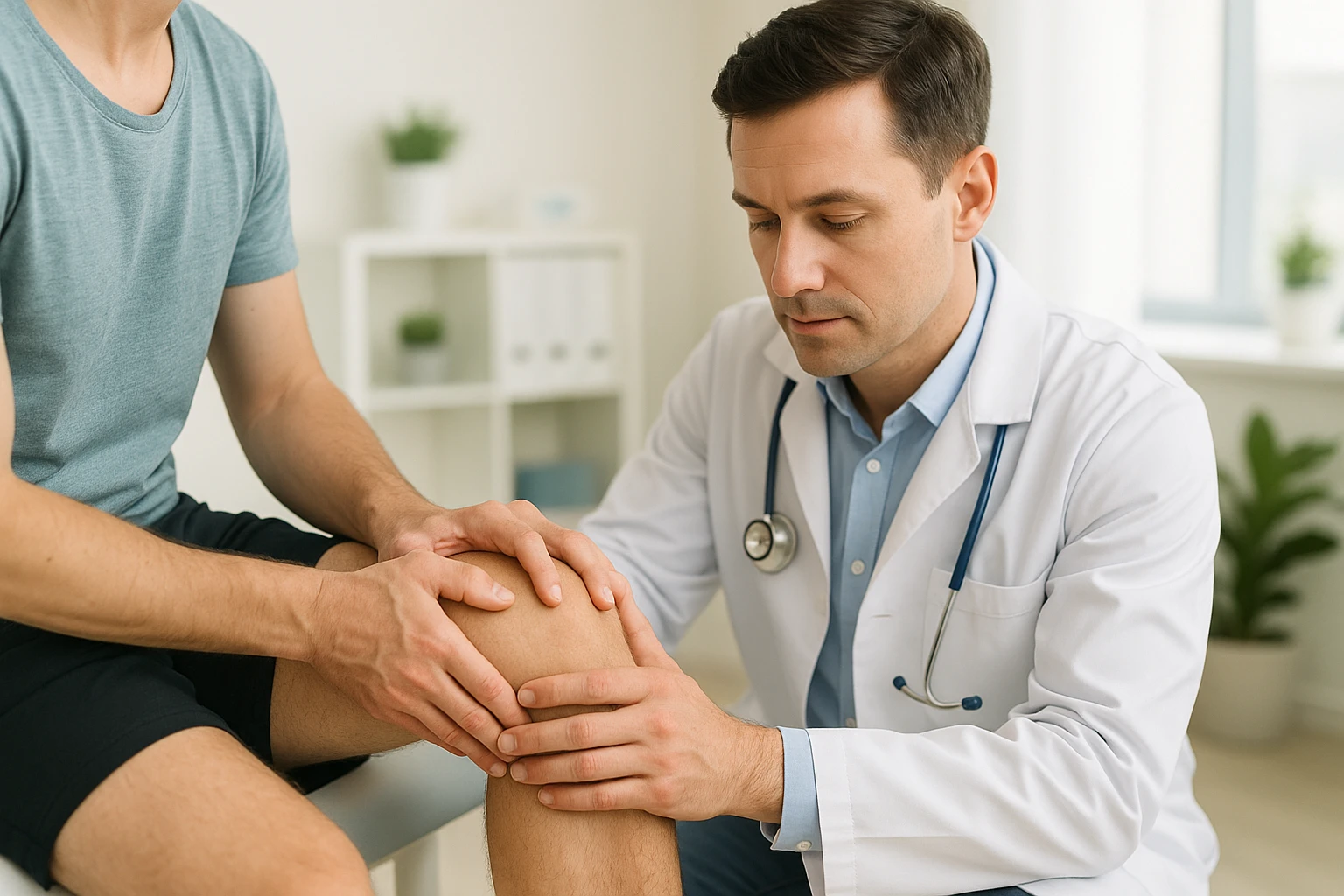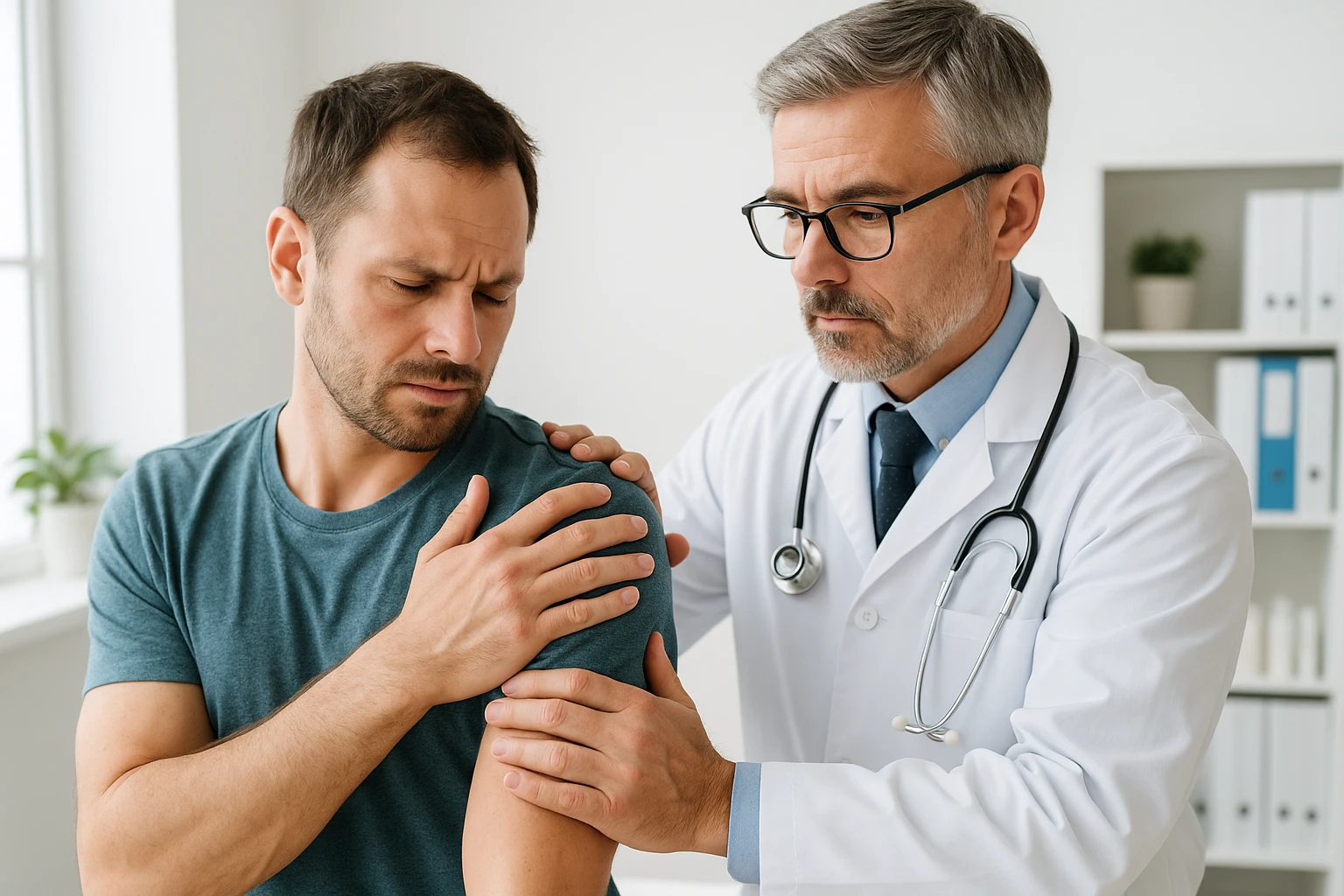Understanding Joint Pain: Causes, Relief, and When to Seek Help
Joint pain is a common health concern that affects people of all ages. It refers to discomfort, soreness, or stiffness in one or more joints and can range from a mild ache to chronic pain that interferes with daily life. While arthritis is the leading cause, joint pain may also result from injury, infection, or autoimmune conditions such as lupus or gout. Understanding what triggers joint pain helps determine when simple self-care is sufficient and when medical attention is needed. This guide explores the main causes, symptoms, treatment options, and steps you can take to protect and support joint health over time.
Understanding Joint Pain and Why It Happens
Joint pain refers to discomfort, soreness, or aching in one or more joints-the places where two or more bones meet, such as the knees, hips, shoulders, or fingers. It can affect anyone, regardless of age or activity level, and may come and go or persist depending on the underlying cause.
Some joint pain is temporary, appearing after minor strain or overuse and improving with rest or gentle movement. In other cases, it becomes chronic, lasting for weeks, months, or even years, often due to an underlying condition affecting the joint’s structure or surrounding tissues.
Main Causes of Joint Pain
- Arthritis: The most common cause, including osteoarthritis (cartilage wear) and rheumatoid arthritis (autoimmune inflammation).
- Injury: Sprains, strains, or fractures that damage ligaments, tendons, or cartilage.
- Infection: Germs entering the joint can cause swelling and pain.
- Metabolic and immune conditions: Disorders such as gout or lupus that trigger inflammation.
- Overuse or repetitive motion: Repeated movements or strain that irritate joints and surrounding tissues.
Even without major disease or injury, repetitive movements can cause discomfort, especially in physically demanding jobs or sports. Understanding the cause helps determine whether rest, lifestyle changes, or medical evaluation is needed.
Recognizing Symptoms and Getting a Diagnosis
Joint pain can vary widely, but several signs help identify when a joint is affected. Pain may occur during movement or rest and is often accompanied by swelling, warmth, redness, or stiffness. These symptoms reflect irritation or inflammation within the joint and can make daily activities like walking, bending, or gripping objects more difficult.
Common Symptoms to Watch For
- Swelling or puffiness around the joint
- Warmth and redness in the affected area
- Stiffness or reduced range of motion
- Persistent aching or sharp pain during activity or rest
- Difficulty performing everyday movements
When joint pain lasts for weeks or months, it may gradually limit flexibility and strength. Chronic discomfort can interfere with daily routines and quality of life. Tracking whether the pain is constant, intermittent, or triggered by activity helps reveal underlying causes.
How Doctors Diagnose Joint Pain
Doctors begin by reviewing your medical history and performing a physical exam. They check for swelling, tenderness, redness, or deformity and evaluate the joint’s range of motion. The location and pattern of pain-whether in one joint or multiple-provide diagnostic clues.
Additional tests may include:
- Imaging studies: X-rays or MRI scans to view bones and soft tissues.
- Laboratory tests: Blood or fluid tests to detect inflammation or infection.
When to seek medical care: If joint pain lasts more than a few days or comes with swelling, heat, or deformity, consult a healthcare provider. Sudden or severe pain after an injury should be evaluated urgently.
When to Seek Help and How to Care at Home
Joint pain is common, and many mild cases can be managed safely at home. However, knowing when to rely on self-care and when to seek professional help is crucial. Paying attention to changes in pain, swelling, or mobility can guide appropriate action.
When to Seek Medical Help
- Pain lasts more than a few days
- Swelling, warmth, or visible deformity appears
- Pain is sudden or severe, especially after injury
Home Care Strategies
- Rest and protection: Reduce strain and allow recovery.
- Ice or heat therapy: Apply ice to reduce swelling and heat to ease stiffness.
- Gentle stretching: Maintain flexibility through slow, controlled movement.
- Over-the-counter relief: Use anti-inflammatory medications as directed to ease discomfort.
- Healthy weight and activity: Maintain a balanced weight and perform low-impact exercises such as walking, swimming, or cycling to protect joint function.
Combining consistent self-care with awareness of warning signs empowers individuals to manage joint pain effectively. Knowing when to rest and when to seek medical guidance supports both short-term recovery and long-term mobility.
Medical Treatments and Long-Term Management
When joint pain becomes persistent or interferes with daily life, medical treatment may be necessary to control symptoms and improve mobility. The right approach depends on the cause, severity, and whether one or several joints are affected. Addressing the underlying condition-such as arthritis, infection, or injury-is key to effective management.
Common Medical Treatments
- Medications: Used to relieve pain and inflammation. Short-term pain relievers or anti-inflammatory drugs can ease discomfort, while long-term conditions may require immune-controlling medicines.
- Physical therapy: Helps restore flexibility and strength through guided exercises. Therapists teach safe movement techniques and may recommend assistive devices to reduce strain on joints.
- Injections: Corticosteroid or other therapeutic injections can provide temporary relief from inflammation and pain.
- Surgery: In severe or advanced cases, surgical repair or joint replacement may restore function and reduce pain.
Living with Chronic Joint Pain
Managing chronic joint pain involves more than treating symptoms-it requires daily habits that protect joint health and promote long-term mobility.
- Balance rest with low-impact exercises such as walking, swimming, or cycling.
- Maintain flexibility and strength through consistent, gentle movement.
- Use supportive tools or braces when recommended to ease joint strain.
- Work closely with healthcare providers to adjust treatment plans as needs change.
Key takeaway: The best outcomes come from addressing the root cause and combining medical care with healthy lifestyle habits for lasting joint comfort and function.
Preventing and Reducing Future Joint Pain
Protecting joint health is vital for staying active and independent. Although some causes of joint pain, like arthritis or injury, cannot always be prevented, healthy habits can lower the risk of stiffness and discomfort. Consistent, balanced movement and joint-friendly practices keep the body strong and flexible.
Key Habits for Healthier Joints
- Maintain a healthy weight: Reduces stress on knees, hips, and the lower back, helping prevent strain and wear.
- Stay active with low-impact exercise: Activities such as walking, swimming, or cycling strengthen supporting muscles and preserve flexibility.
- Protect against overuse: Avoid repetitive strain by taking breaks, practicing good posture, and using ergonomic equipment or supportive footwear.
- Balance rest and movement: Alternate activity with recovery to prevent stiffness and overexertion.
- Address pain early: Seek professional evaluation or physical therapy for persistent discomfort to prevent chronic problems.
Tip: Regular, moderate movement is more beneficial for long-term joint health than occasional intense exercise.
Combining preventive self-care with timely medical advice helps maintain joint comfort and mobility for years to come.
Frequently Asked Questions About Joint Pain
What causes joint pain to get worse over time?
Joint pain may worsen due to ongoing inflammation, cartilage wear, or repetitive stress on the same joints. Conditions such as arthritis can progress slowly, leading to stiffness and reduced mobility if not managed properly.
How can I tell if my joint pain is serious?
Joint pain becomes concerning when it lasts more than a few days, causes swelling, warmth, or visible deformity, or follows an injury. Severe or persistent pain should be evaluated by a healthcare provider to rule out infection or chronic conditions like arthritis.
What types of exercise are best for joint pain relief?
Low-impact activities such as walking, swimming, or cycling are ideal for easing joint pain and improving flexibility. These movements strengthen muscles around the joints without adding extra pressure or strain.
Can diet affect joint pain and inflammation?
Maintaining a healthy, balanced diet helps manage body weight and reduce joint stress. Foods rich in antioxidants and omega-3 fatty acids may also help support joint health and reduce inflammation.
When should I see a doctor about joint pain?
If joint pain limits daily activities, persists despite rest, or is accompanied by swelling, redness, or fever, it’s important to seek medical attention. Early diagnosis can prevent long-term joint damage and improve outcomes.
What are the best ways to prevent future joint pain?
Keeping a healthy weight, staying active with low-impact exercise, using proper posture, and avoiding repetitive strain can all help protect your joints. Regular movement and flexibility exercises reduce stiffness and support long-term joint mobility.
Is joint pain always related to arthritis?
No, not all joint pain is caused by arthritis. It can also result from injury, overuse, infection, or autoimmune disorders, so identifying the exact cause is key to finding the right treatment.













